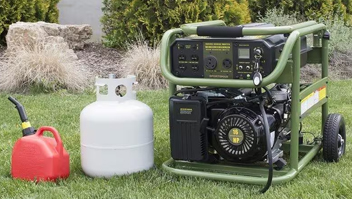Our Biodiesel Solutions
Sustainable, High-Quality, Innovative, Reliable Fuel for every needFerro Oiltek’s Transesterification technology delivers a robust, high-throughput route for production of premium biodiesel (Fatty Acid Methyl Esters, FAME) from a wide range of triglyceride feedstocks. Engineered for industrial reliability and operational flexibility, the process is designed to maintain tight control over reaction conditions to ensure consistent product quality and optimized economics — suitable for new greenfield plants as well as retrofit projects at existing oil-processing sites.
How Biodiesel Is Made
Biodiesel is produced by transesterification: triglycerides (vegetable oils, animal fats, or waste oils) react with a short-chain alcohol (typically methanol) in the presence of a catalyst to form methyl esters (FAME) and glycerol. Ferro Oiltek’s continuous solution employs a controlled reaction with integrated pre-treatment and downstream separation units to achieve high conversion, efficient methanol recovery, and low operational footprint.
Feedstock Flexibility
One of the principal advantages of Ferro’s design is feedstock agnosticism. The process accommodates:
Refined vegetable oils (soy, rapeseed, sunflower, palm derivatives)
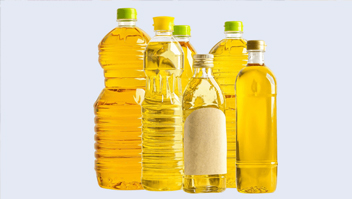
Crude and neutral oils
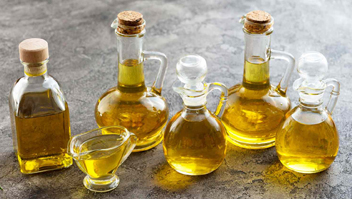
Used Cooking Oil (UCO) and other recycled lipid streams
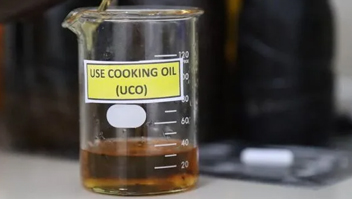
Animal tallow and rendered fats (with appropriate pre-treatment)
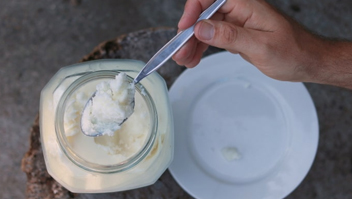
Biodiesel production follows a carefully designed sequence of pretreatment, reaction, purification, and recovery steps — ensuring optimal efficiency, sustainable operation, and premium fuel quality.
Feedstock Pre-treatment
Crude feedstocks typically contain impurities like gums, metals, moisture, phosphates, and free fatty acids (FFAs). To ensure efficient transesterification, the FFA level must be reduced to below 0.1%. Effective pretreatment through cleaning and refining processes prepares the oil for smooth biodiesel production, ensuring consistent product quality, higher yield, and improved plant reliability.
Biodiesel Production - Continuous Transesterification
Ferro Oiltek’s continuous transesterification technology is designed for high-efficiency biodiesel production with precise control over reaction conditions, ensuring superior fuel quality and operational reliability. The process is flexible, accommodating a wide range of feedstocks — from refined and crude vegetable oils to recycled waste oils and animal fats.
- Reactor Design: Tubular / plug-flow reactors with options for static mixers or cascade CSTR arrangements, optimized for specific feedstocks and conversion efficiency.
- Alcohol: Industrial-grade methanol is standard; alternative alcohols can be supplied on request.
- Catalyst: Homogeneous base catalysts (NaOH or KOH) are typically used. For specialized requirements, heterogeneous catalysts or enzyme-catalysed systems are available.
- Methanol to Oil Ratio: Flexible design allows 6:1 to 12:1 molar ratios, depending on feedstock and project specifications.
- Catalyst Concentration: Optimized between 0.3–1.0 wt% (as NaOH/KOH equivalent) for efficient conversion.
- Temperature & Pressure: Maintained at 55–65°C under near-atmospheric or slightly positive pressure conditions to ensure safety and high reaction efficiency.
- Residence Time: Typically, 10–30 minutes in continuous PFR setups, adjustable based on feedstock and catalyst type.
- Conversion Efficiency: Achieves >98% triglyceride conversion to FAME when combined with proper pre-treatment and downstream polishing.
Downstream Separation & Polishing
The continuous platform integrates compact, high-efficiency separation and polishing steps to deliver market-ready biodiesel
Phase separation
Continuous gravity or centrifuge separation efficiently divides glycerol from crude FAME during biodiesel production ensuring consistent purity.
Washing/Polishing
Depending on product spec, options include dry wash (adsorbents), water wash with demulsification and drying, or membrane polishing.
Methanol recovery
Distillation and condensation loops recover unreacted methanol for reuse (reduces operating cost and emissions).
Neutralization & final filtration
Removes residual catalyst, soaps and particulates to meet fuel specs.
Glycerol handling
High-purity glycerol stream routed for refinement or sale; by-product management designed to local regulatory and commercial conditions
Environmental & Economic Advantages
Sustainability
Uses renewable and recycled feedstocks (including UCO), significantly reducing lifecycle greenhouse gas emissions compared to fossil diesel.
Reduced emissions
FAME typically lowers particulate matter, sulfur oxide and carbon monoxide emissions when blended with or substituting diesel.
Circularity
Enables valorization of waste lipids; glycerol and
recovered methanol provide additional revenue or offset operating costs.
Operational efficiency
Continuous operation reduces OPEX per unit of product through stable operation, lower labor intensity, and improved heat/mass integration
Plant Integration & Modularity
Ferro’s skid-mounted modules and modular plant design allow:
Easy integration with existing oil refining or industrial sites.
Scalable throughput from small community-level units to large industrial plants.
Rapid commissioning and clear maintenance access for uninterrupted operations.
Typical Technical Deliverables (customized per project)
- Detailed Process Flow Diagram (PFD) and Piping & Instrumentation Diagrams (P&ID)
- Mass & energy balances, equipment datasheets, and mechanical layout
- Control philosophy and DCS/PLC integration for continuous operation
- Safety and HAZOP documentation, utility and effluent treatment design
- Commissioning, start-up support and operator training packages
Applications & Market Uses
Biodiesel produced by Ferro’s continuous process can be used:
Neat (B100)
where permitted
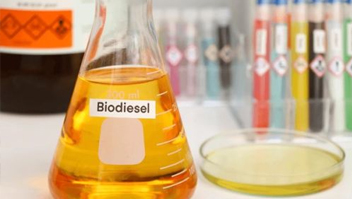
Blends with fossil diesel (e.g., B5, B10, B20) to meet regional specifications
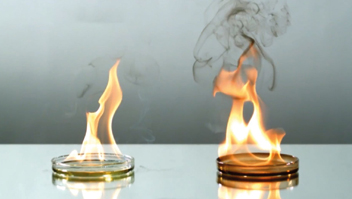
As feedstockfeedstock for renewable diesel upgrading or co-processing in refineries
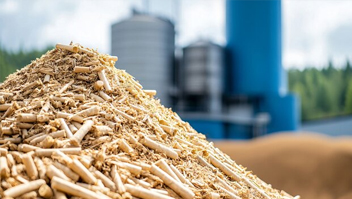
In stationary engines, generators, marine and certain transport segments subject to local approvals.
